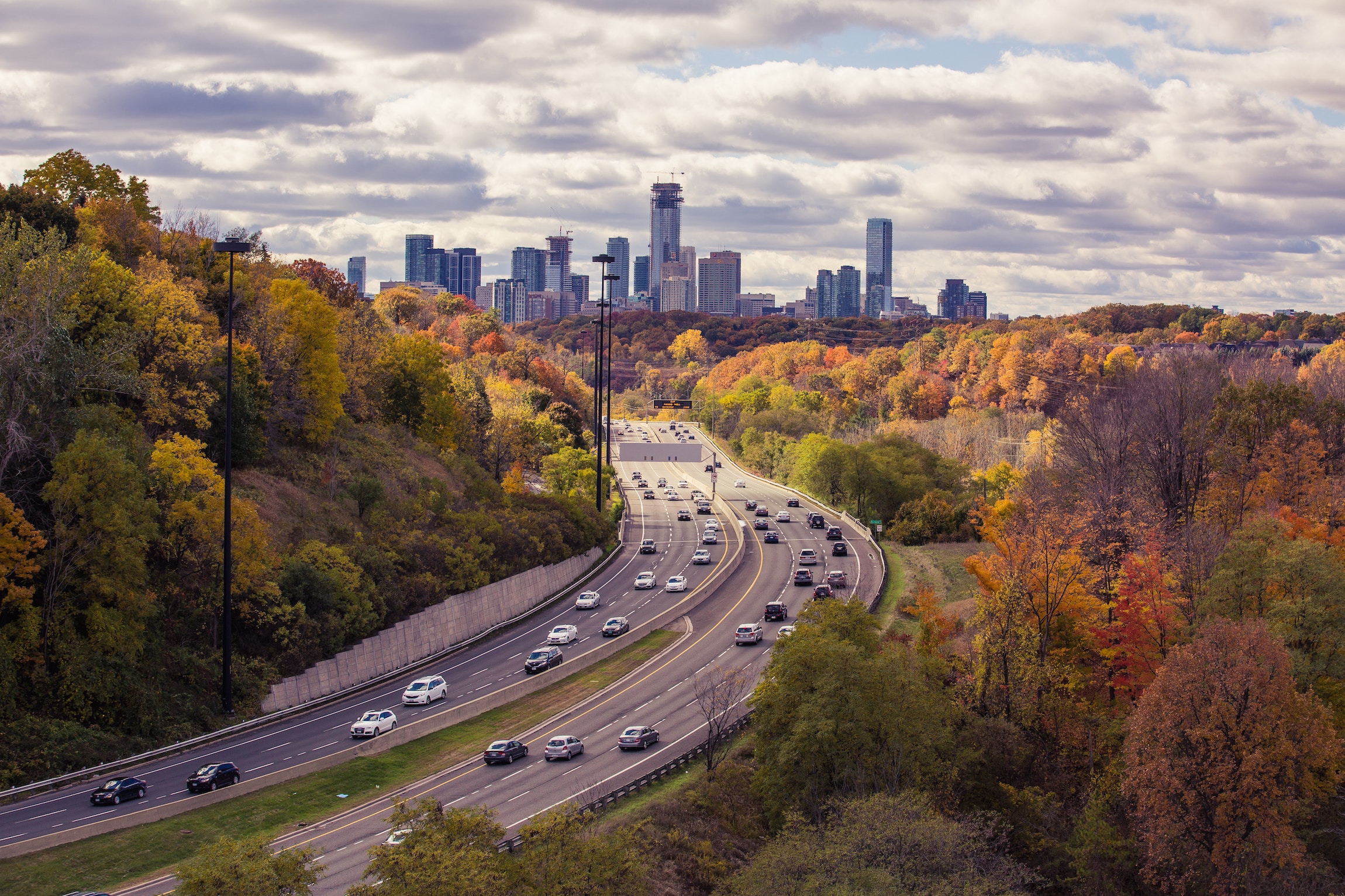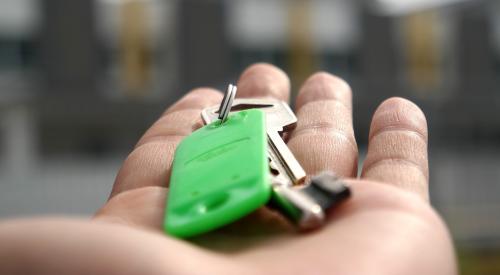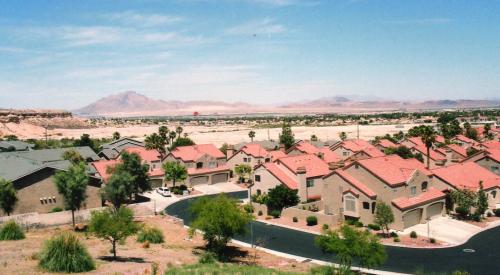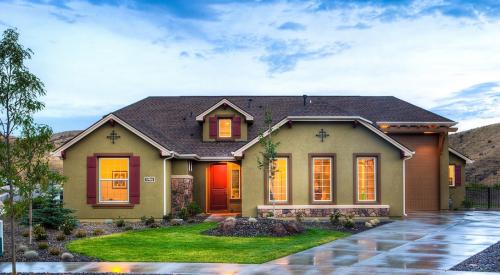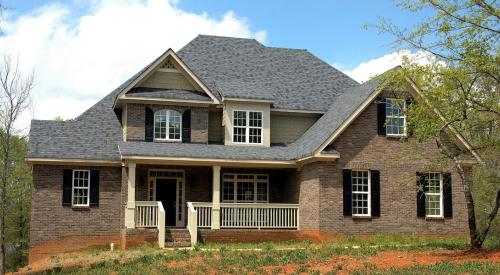In the wake of the housing crisis, the divide between living in urban and rural areas has intensified, as more Americans leave rural areas and move to bigger, urban job hubs.
From mid-2012 to mid-2017, employment levels regained their pre-recession peaks plus an additional 9.6 percent in urban areas, while rural markets gained only 0.6 percent in employment, and have not recovered pre-recession peaks. Another marker of the widening gap is home price appreciation, according to Trulia's report. Large metros with faster population and job growth has translated to strong housing demand and higher home prices. Home values in the 100 largest metros appreciated by 53.1 percent, while in rural counties, values grew 27.9 percent from mid-2012 to mid-2018.
As economic growth in cities outpaces expansion in rural areas, city dwellers have faced rapidly escalating home prices, with home construction not keeping pace with rising population. Since the Great Recession officially ended in the U.S. in late-2009, the road to recovery of the job and housing markets has been slow, but steady. Of course, not all parts of the country have experienced the same degree of recovery, but the difference between some of the largest metro areas and rural America is especially stark—many metros have seen robust growth in jobs and home prices, while many rural areas have stagnated.
